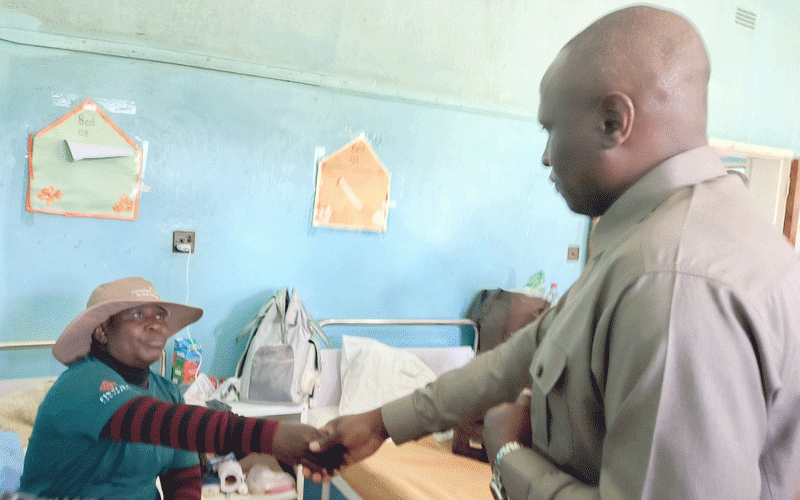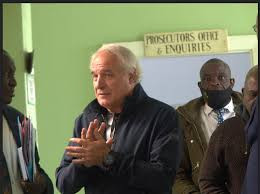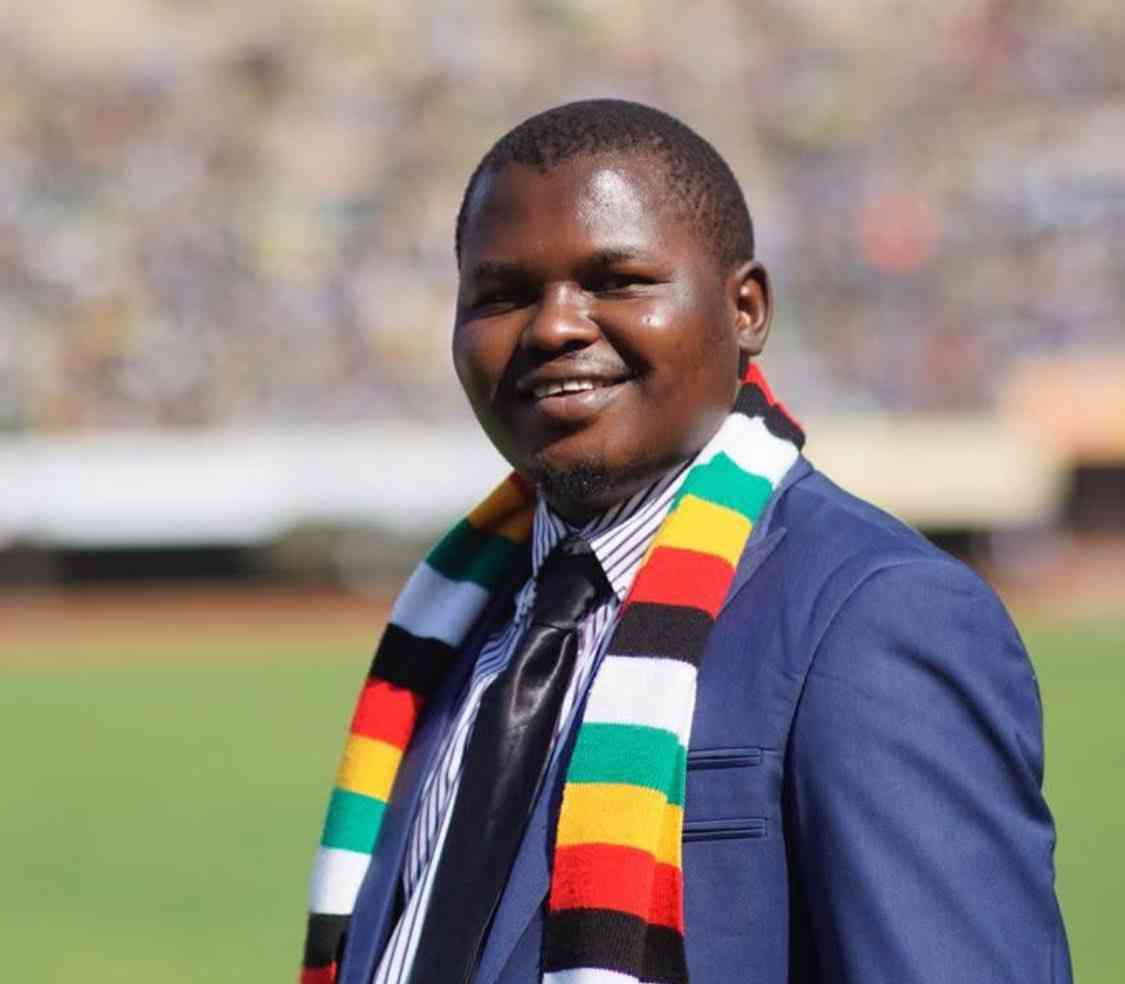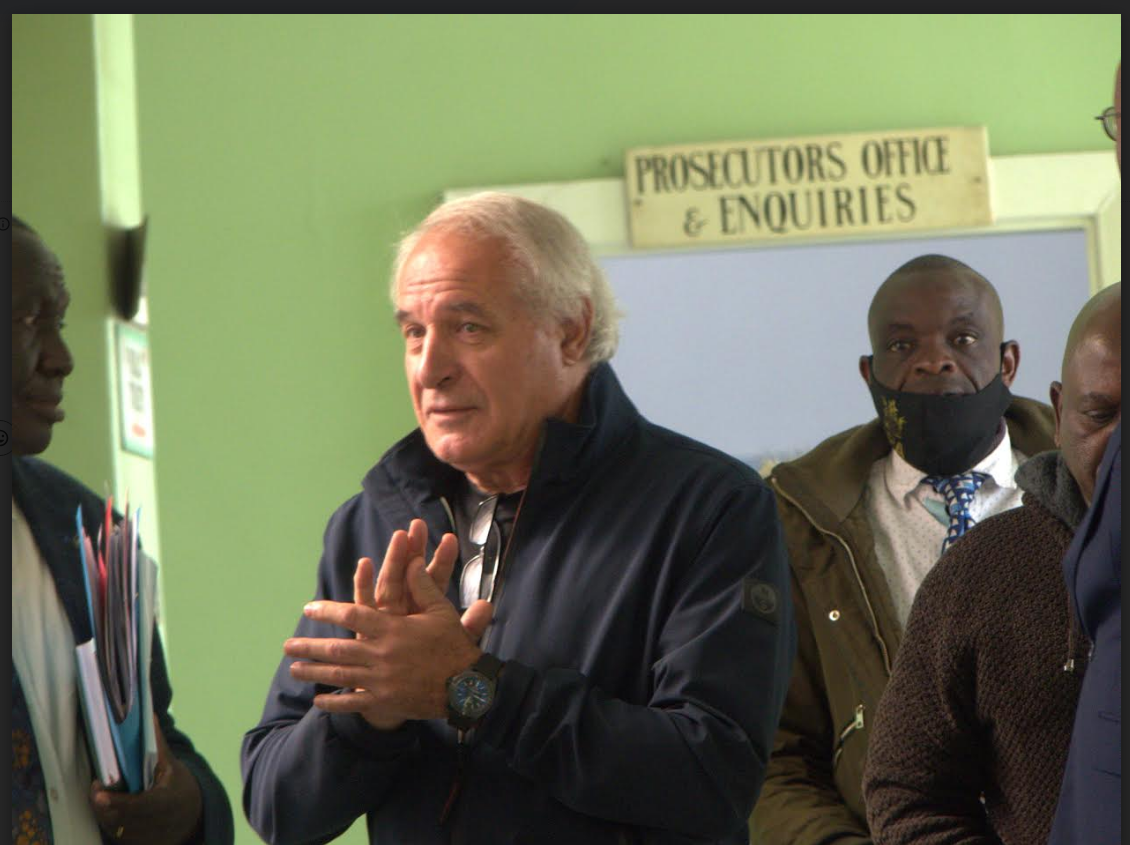
Revai Mamvuri, who was diagnosed with obstetric fistula in 1987, says she had lost hope of ever having a child.
Obstetric fistula is a childbirth injury that occurs when complications during labour and delivery lead to a hole forming between the birth canal and the bladder or rectum.
Like many women especially from marginalised communities of the country, Mamvuri said she didn't know her condition was reversible.
For 37 years, she endured the shame and segregation that came with her condition.
Mamvuri, having married young, was a victim of a religious doctrine that said women had to be assisted to give birth by older women from the congregation in a home delivery.
“I had complications giving birth and the mothers from our church who were assisting me didn't know what to do,” she said.
“My father was called and he insisted on taking me to the hospital but it was too late, the complications had had a toll on me.
She subsequently lost her baby, who was her first, and as time would tell, her only child.
- Obstetric fistula prevalent in Zim
- Zim records 52% decline in maternal deaths
- ‘Obstetric fistula prevalent in rural areas’
- Septuagenarian recalls 4 decades of living with obstetric fistula
Keep Reading
The fact that she didn't get a chance to have more children because of her condition brings pain and sadness to her.
“I have always lived a life of regret and if it was reversible,” she said.
“I wouldn't have followed the doctrine because it brought me to this stage and I would advise any woman to go for proper medical care during pregnancy.”
Health and Child Care ministry national maternal health officer, Chipo Chimamise-Dembedza, explained the reasons why some women suffer from obstetric fistula.
“The pelvis of a girl undergoes changes in shape, depth, width and other aspects during puberty to allow it to accommodate the birthing of a baby,” Chimamise-Dembedza said,
“If a girl becomes pregnant and delivers via the normal way when she is not grown up enough, then the risk of the baby being stuck in the pelvis for long periods is high.”
“The head of the baby will be pressing the soft tissues of the birth canal and the bladder against the bony pelvis.
“The pressure cuts off blood supply to the pressed tissues which then die and slough off leaving a hole connecting the bladder to the birth canal.”
She added: “This in turn leads to urine leaking from the bladder into the birth canal and out with the young woman not being able to control it and this is what we call a fistula, specifically a vesico vaginal fistula.
“Depending on the part affected, the woman can be leaking urine or may be passing faeces through the birth canal.”
Based on the explanation by Chimamise-Dembedza, Mamvuri's challenge could have developed as a result of the fact that she conceived at a very young age, at 12 years.
A study titled: Childbearing after treatment for obstetric fistula: perspectives from survivors in Malawi, says women who suffer from an obstetric fistula endure more than just physical pain.
Their ability or desire to bear children may also be affected due to physical damage to their reproductive organs.
In addition, they may suffer from emotional trauma which is likely to affect their decision to have children.
This was the case with Mamvuri who, despite having all the love and affection from her husband, has failed to conceive since then.
“Despite the pain of living with the condition, I have lived with the agony of not being able to have more children,” she said.
“I am grateful my husband stood by me until 2006 when he died.”
When her husband died, Mamvuri had to pack her bags back to her relatives as she had no children to live for at her husband's house.
That was another painful experience as her family despised her and called her names due to her condition of continuous leakage of urine.
“My relatives would refer to me as ‘veweti avo’, and it became difficult for me to integrate,” said Mamvuri.
Mamvuri underwent corrective surgery at Mashoko Christian hospital last month.
“I am at a loss for words that after enduring segregation and stigma for so long, I can now freely co-exist without shame or fear of being laughed at,” she said.
“I have made the decision to look around and show others with the same condition the way to ‘salvation.’
“I will be an ambassador for awareness of the condition.”
Health and Child Care deputy minister Sleiman Kwidini said the condition is not only a health crisis but a significant social challenge that impacts the lives of countless women and their families.
“Women with obstetric fistula are indicators of the failure of health systems to deliver accessible, timely and appropriate intrapartum care,” Kwidini said.
“On a global scale, the continued incidence of obstetric fistula in low-resource settings is one of the most visible indicators of the enormous gaps in maternal health care between the developed and developing world.”
The Health ministry has so far capacitated six hospitals countrywide to conduct surgical repairs for obstetric fistula.
From 2015, over 1800 women have benefitted from surgical repair of fistula.
Bwalya Chomba, the programme director for Fistula Foundation, which is funding Artemedis to conduct free fistula repairs in Zimbabwe, emphasised the need for collaboration to eradicate obstetric fistula.
It is estimated that more than two million women in Sub- Saharan Africa, Asia, the Arab region and Latin America and the Caribbean are living with this injury, and some 50 000 to 100 000 new cases develop each year.











